Paolo Martin: A Design Maestro’s Journey Through Automotive History
In the world of automotive design, few names carry the weight of innovation and artistry quite like Paolo Martin. Born in Turin, Italy, in…
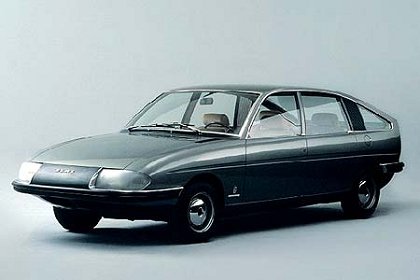
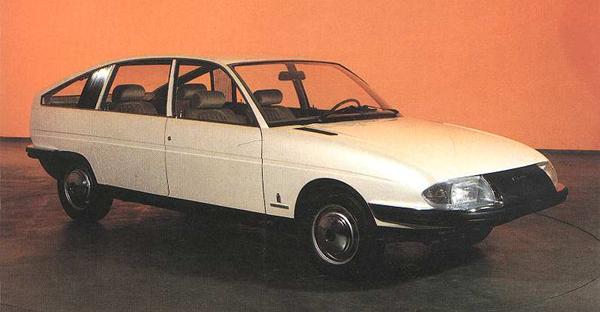
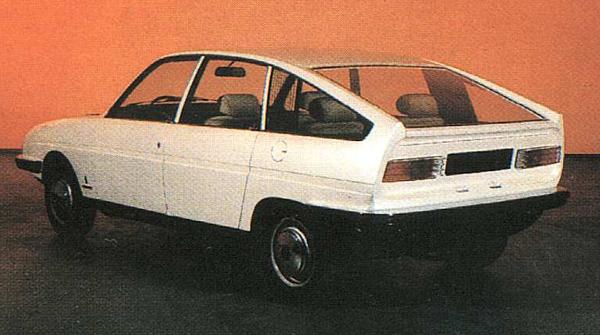
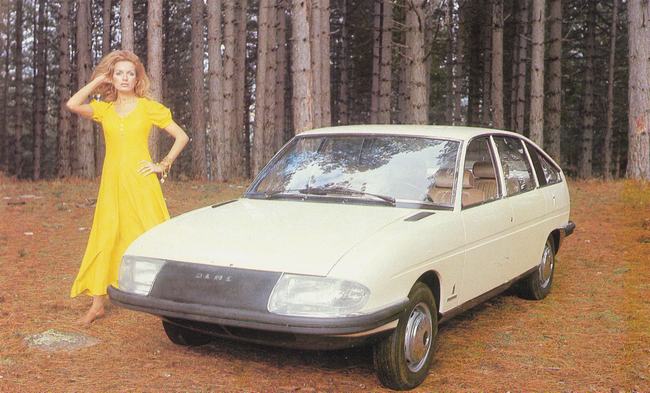
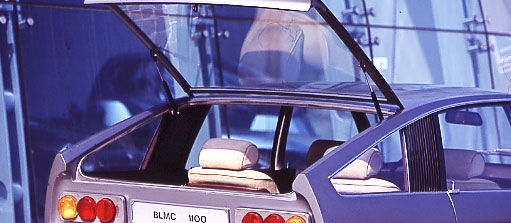
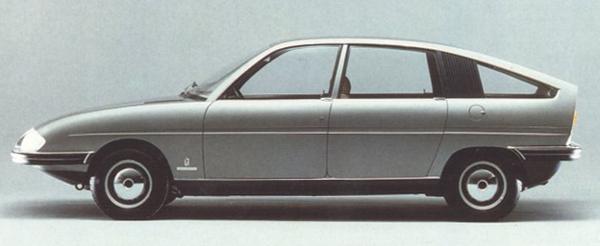






The Pininfarina BMLC 1100 concept car.
The Pininfarina BMLC 1100 emerged in the late 1960s, a period marked by significant shifts in motorsport history. This transformation was driven less by engine engineering and more by innovative advancements in style and aerodynamics. Inspired by an era imbued with futurism, a new generation of designers challenged traditional lines and guidelines, leading to models that appeared decades apart within the same ten years. This period of rapid change highlighted the accelerating pace of automotive design. The revolutionary spirit extended beyond the automotive industry, influencing urban planning, fashion, music, and even social norms. The era’s ethos, where everything seemed to flow more naturally, was reflected in car bodies that appeared sculpted by the wind. Pininfarina, among other design studios, invested heavily in aerodynamics, contributing significantly to this evolution. In 1967, two young Pininfarina designers, Paolo Martin and Leonardo Fioravanti, worked on creating more efficient aerodynamic models. Martin, 24, and Fioravanti, 29, were destined to become key figures in the Italian automotive industry. Fioravanti would later become Ferrari’s Deputy General Manager and Fiat’s Head of Design. Their work on the BMLC 1100 and its larger counterpart, the BMLC 1800, redefined aerodynamics in sedans. They were influenced by German aerodynamicist Wunibald Kamm’s concept, which proved that a sharp cut at the rear improved a car’s aerodynamic efficiency. This principle, applied sporadically in racing cars like the BMW 328 Kammback Coupe, found new life in the late ’60s through Pininfarina’s wind tunnel experiments. The BMLC 1100 was based on the popular Austin 1100 sedan, a staple in England at the time. The prototype featured modern, aerodynamic design and improved cabin space. British Motor Corporation (BMC) commissioned Pininfarina to renew their sedan lineup, resulting in the BMLC 1800 and 1100 prototypes. These models were fully functional and aimed at production, incorporating advanced aerodynamics with a modern, two-box design. The traditional three-box design was abandoned in favor of a more modern layout with a vertical rear cut and a fifth door, enhancing cargo space, aesthetics, and aerodynamics. Although BMC ultimately did not adopt the futuristic design, the prototypes profoundly influenced automotive design. These models significantly impacted the design of sedans in the 1970s, with their innovative approach seen in later models like the Citroën GS and CX, Lancia Gamma, Rover 3500, and the 1973 VW Passat. These spacious sedans integrated large rear doors into their overall design, a testament to the enduring impact of Martin and Fioravanti’s work on modern car design. The Pininfarina BMLC 1100 was not just a prototype; it was a visionary project that bridged the gap between traditional and modern automotive design, showcasing the potential for innovation in aerodynamics and styling. Its legacy lives on in many of today’s vehicles, highlighting the importance of design evolution in the automotive industry.
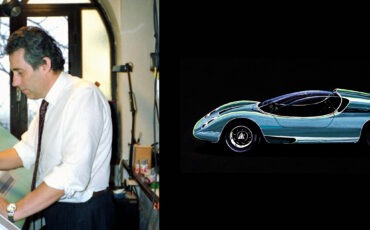
In the world of automotive design, few names carry the weight of innovation and artistry quite like Paolo Martin. Born in Turin, Italy, in…
Missing or wrong informations?
Carrozzieri-Italiani.com relies on thousend of users who help to populate the database. We do not guarantee the accuracy of the informations. Contact us if you want to contribute.
